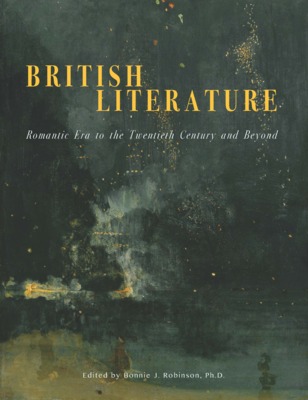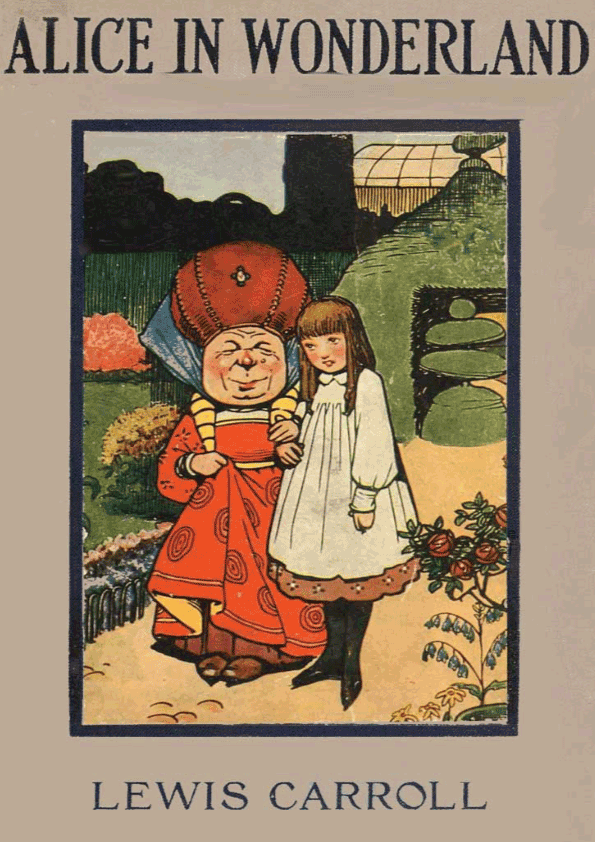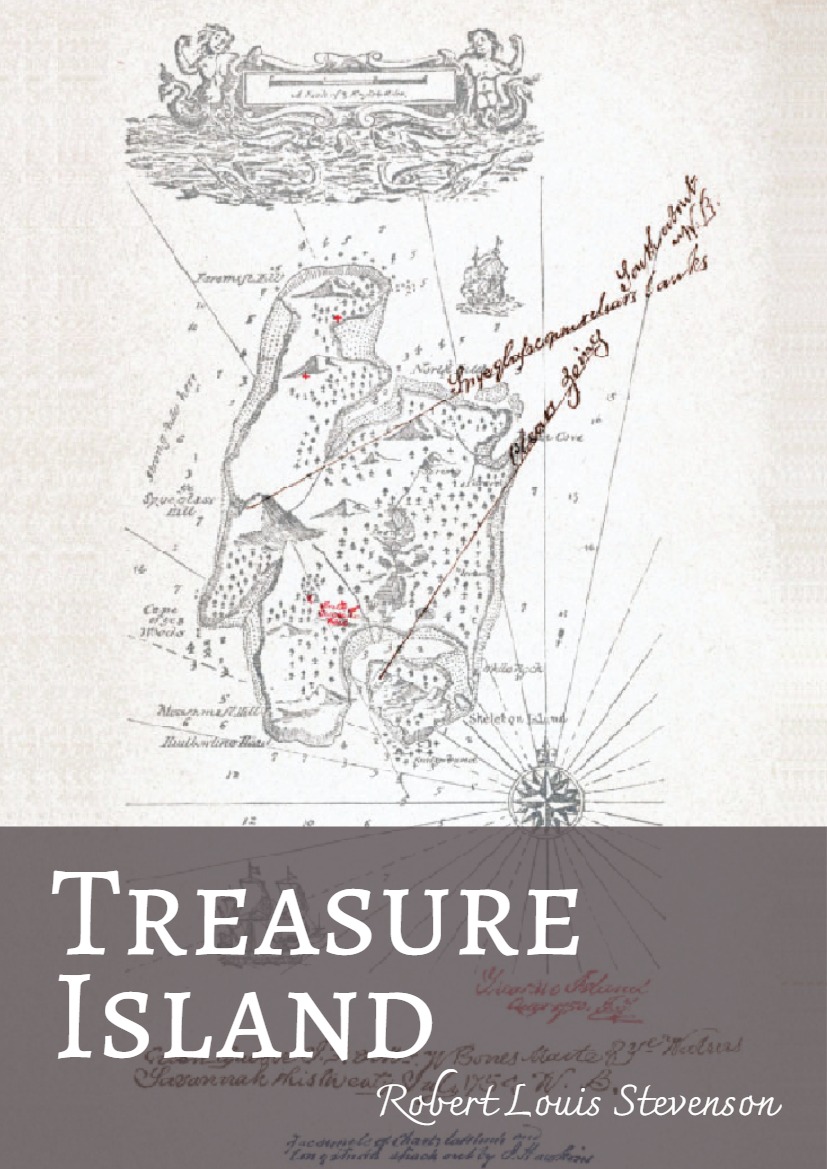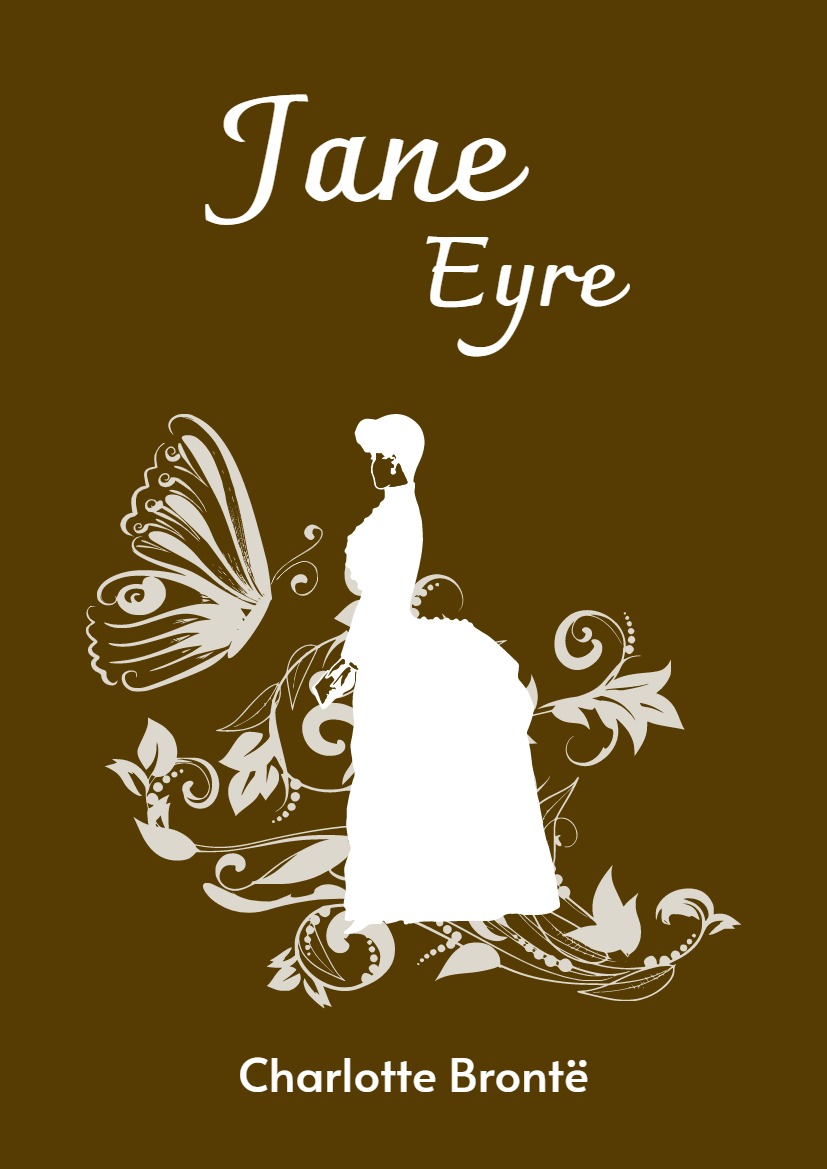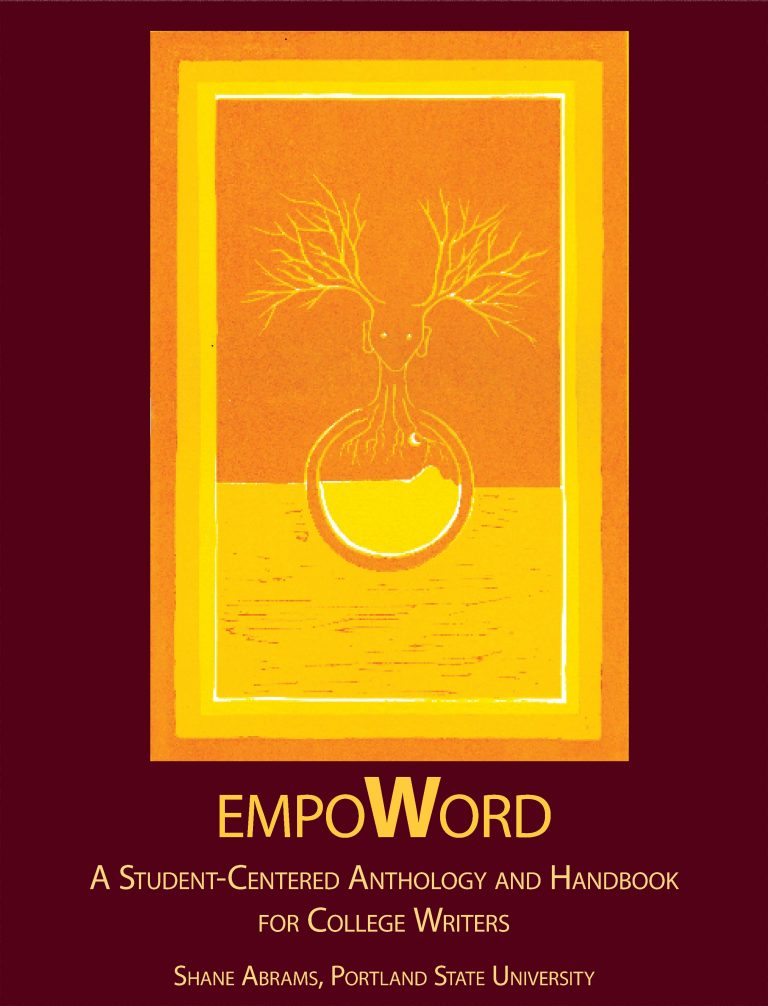The diary of Marie Bashkirtseff, published after her death from tuberculosis aged just 25, won the aspiring painter the fame she so longed for but failed to achieve while alive. Sonia Wilson explores the importance of the journal — one of the earliest bids by a woman to secure celebrity through curation of “personal brand” — and the shape it gave to female ambition in the late 19th and early 20th centuries.
In May 1884, long before the likes of Kim Kardashian achieved celebrity through the careful curation and promotion of self, a young unknown named Marie Bashkirtseff staked her desire for fame on the publication of her personal diary. She knew she was consumptive and that she had little time left. Her right lung was irrevocably damaged. The left had steadily deteriorated. Bones were now visible where they had not been before. Taking up her pen and a fresh notebook, she composed what would become the definitive version of the preface to her diary. Adopting the manner of one who is neither inclined toward, nor has the time to strike what Leo Braudy in his study of the history of fame calls “posture[s] of reticence”,she cut straight to the chase: she desired immortality, by any means possible. Should sufficient time remain before her death, she hoped to secure posthumous renown through her painting. In the event of an early death, her diary was to be published.
This was some wager. By May 1884, she had secured only one medal at the Salon and this — to her disappointment — for a pastel. Nor were the odds to improve. When she died five months later, she left behind a large number of paintings and a small sculpture (all of which had failed to garner any resounding interest), a handful of articles published anonymously in the feminist press, and her diary. Despite her best efforts, she was not part of the literary or artistic coteries of the day; nor did she issue from an illustrious line of poets or painters. Of minor Russian aristocracy, her maternal family had left what is now called Ukraine in 1858, trailing through Europe with the family doctor and a retinue of servants, and settling first in Nice. Here at the age of fourteen Bashkirtseff began her diary, filling early entries with details of the dresses she wore, the number of admiring glances she received on the Promenade, the ins and outs of family squabbles, the progress of her lessons, and the books she read.
She also strenuously and repeatedly articulated her desire for glory, elaborating at length on the means by which she intended to procure it. She first entertained hopes of achieving celebrity through her voice, consulting singing masters in Nice, Paris, and Rome and imagining herself fêted on the stages of Europe. Ever alert to what one might call the apparatus of fame, she had herself photographed often and in a number of guises, although she was later to repudiate these early images as pretentious and contrived. In her diary, she engaged in lengthy and glowing descriptions of her face and naked figure, passing off such undue attention to self as a magnanimous gesture in the direction of posterity, who would thus, she archly observed, be spared the trouble of speculating on her physical appearance. From October 1875 on, she placed every notebook of her diary under the sign of the motto that she had adopted as her own: Gloriae cupiditate.
Her present was less glorious. Early undiagnosed symptoms of her illness reduced the range and power of her singing voice. Scandal dogged her family. Bashkirtseff’s mother and aunt had been implicated in a trial in Russia in which they stood accused of colluding in the death of a certain M. Romanoff who had been married to Marie’s aunt. Their names were cleared, but the process was prolonged and the damage was done: in Nice, the family was the subject of much conjecture. A scurrilous uncle with a penchant for drunken brawls had added further grist to the rumour mill; the fact that Madame Bashkirtseff was separated from her husband, who had remained in Russia, did not help matters. Excluded from the social arenas in which she had hoped to make her mark and aware that the stories in circulation about her family had compromised her chances of making a suitable match, Bashkirtseff vented her fury in her diary entries, chafing irritably at her mother’s and aunt’s conduct.
However this was not the only purpose to which she turned her diary. Professing a fondness for writing before the mirror, she would describe herself in the act of admiring her “incomparable arms”, the whiteness and fineness of her hand, or the form of her bosom, thereby effectively turning the diary’s pages into sites of display for those aspects of her physical self that propriety forbade her from exhibiting in public. Elsewhere, she drew upon it to project forward and outward, beyond the confines of its pages and the restrictions of her present, to imagine — and leave detailed instructions concerning — the arenas of display to be constructed in her posthumous future. On September 6, 1875, she entered into a good deal of detail concerning a marble statue of her person that, she stipulated, was to be sculpted at thirty times natural size and erected atop a six-metre elevation at the bottom of the family garden in Nice after her death. Throughout however, Bashkirtseff not only worked exceedingly hard at cultivating herself — her wit, her singing, her artistic skills, her knowledge of history and of literary and artistic debates — but also consistently positioned herself within her diary as her own playfully mocking second. Hardly unaware of gender protocols when it came to singing one’s own praises and her own most vigilant reader and surveyor of self, Bashkirtseff did not engage in such self-promotion without keeping up a running commentary on it, shifting from plaintive lamentation or enraptured enumeration of her multiple talents to self-ridicule in less than a line.




